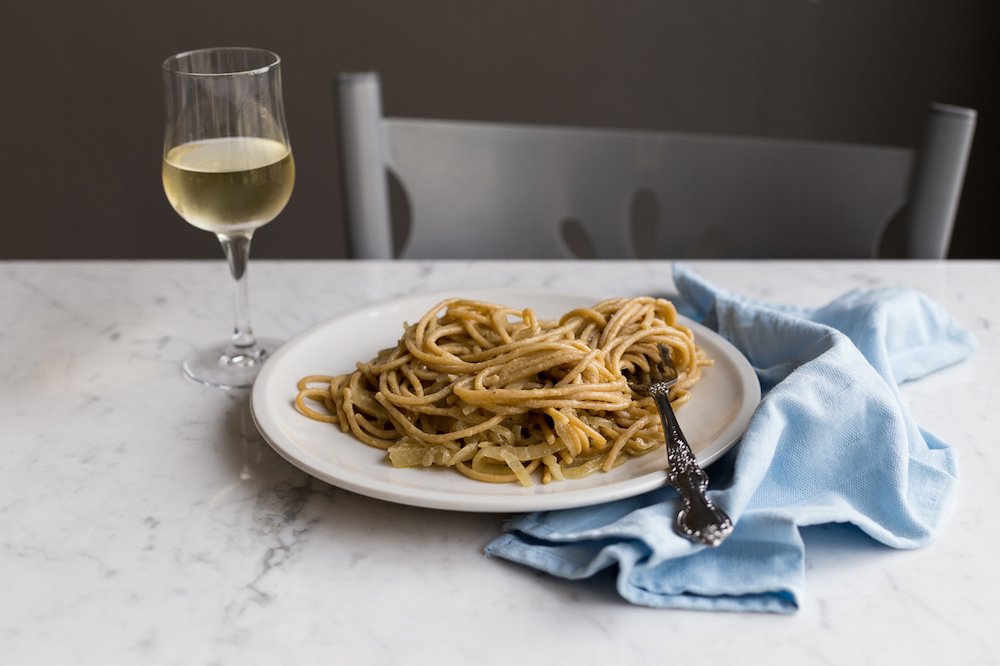Christmas in Venice
/While preparation are taking place in Venice and the Lagoon for Christmas here are few tips:A wonderful way to spend Christmas Eve is to attend midnight mass at St. Mark's Basilica. But remember, midnight mass starts at 10:30 p.m. and you should get there early to get a seat (no tickets are needed). Try to enter through the north entrance and not the west entrance often used by tourists.

Even though December 26th is a national holiday (St. Stephen's Day), most of Venice's museums and sites will be open.
Several Venice restaurants are closed on Christmas Eve and Christmas Day and even on the 23rd and 26th. Most hotel restaurants and Harry's Bar are open. Be sure to do your homework and make reservations ahead of time for Christmas meals. We hear Caffe Quadri and the restaurant - Piazza San Marco's famous cafe - is open on Christmas Day. Good place for Christmas breakfast and coffee!
Remember that the vaparetto schedule changes on major holidays. Check the signs posted on the platforms for schedule information.
Each year on December 26, the Frari Church in San Polo (in the Campo dei Frari) offers a free concert at 4:00 p.m. The church is filled with magnificent art, including Titian's Assumption of the Virgin, Canova's Tomb and a carved monk's chair from 1468.
For an incredible seafood dinner and a warm celebration at midnight, go to Trattoria Antiche Carampane on New Year's Eve. (San Polo 1911; (39) 041 524-0165) The price for dinner runs about £70 per person. No matter where you go that night, you must make reservations.
Another restaurant recommendation: Antica Trattoria Poste Vecie (Rialto Pescheria Venezia; (39-041-721-1822) is open on Christmas Day and New Year's Day. This restaurant also has excellent fish and a larger menu as well. The soups and Venetian-style calf's liver are terrific. Fireplaces keep the restaurant warm on cold nights.
If you're in Venice on January 6, don't miss the Befana races. Men clad in long skirts, wigs and babushkas climb into boats for races on the Grand Canal. The best views are from the Rialto Bridge.


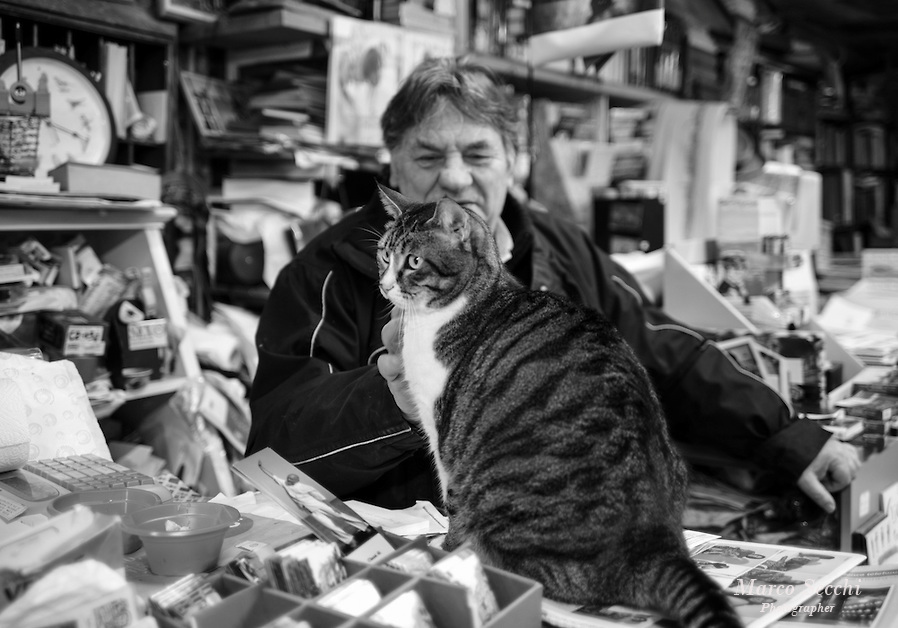






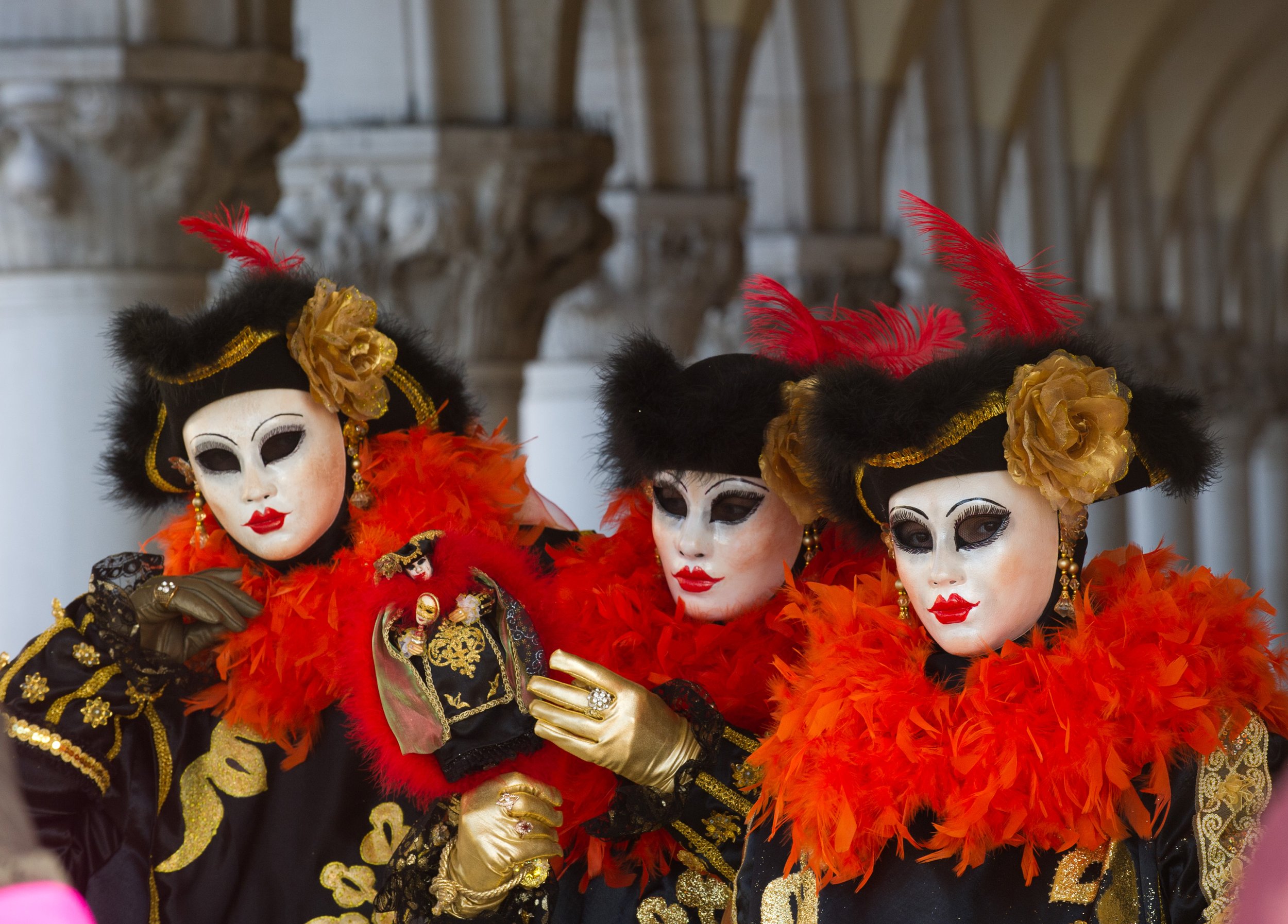





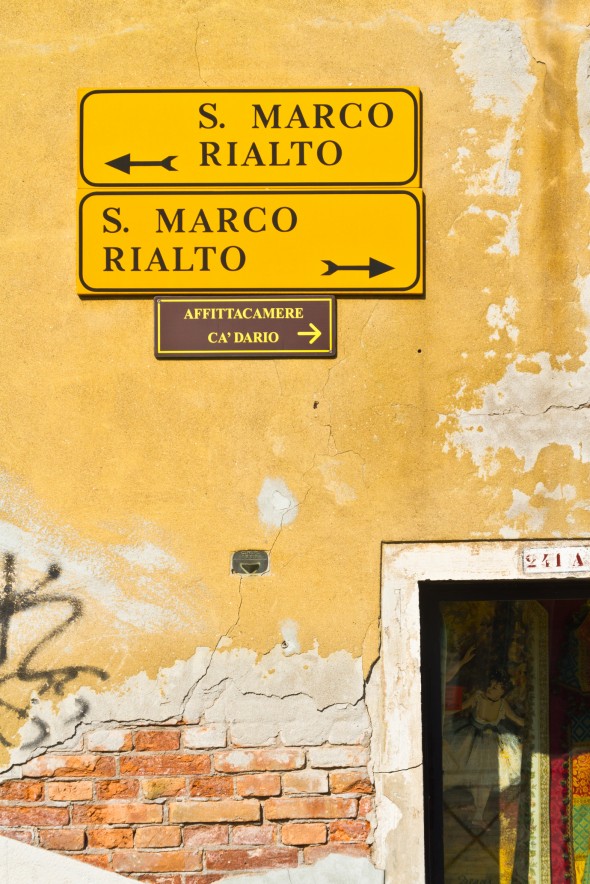



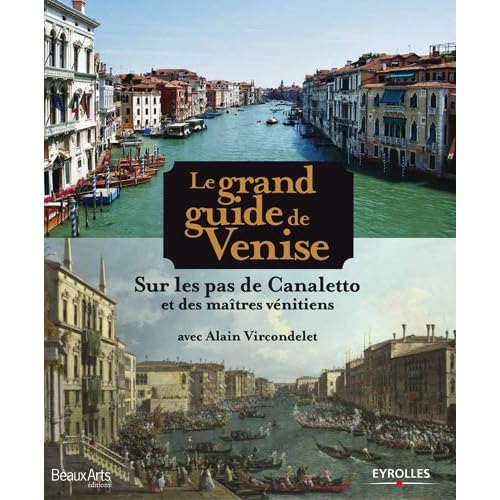













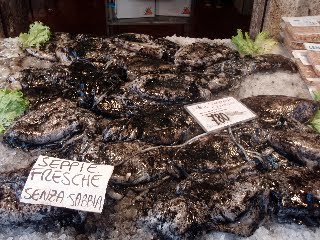



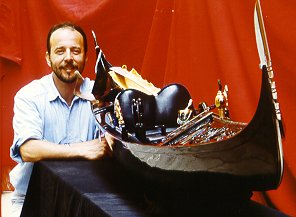 s, and - in ideal cases - the direct measurement of intact boats, are the sources which allow the author to reconstruct their forms and the construction methods used. These have given rise to a series of books, construction plans, models for museums and private collections, restorations ans reconstructions of boats.With a group of friends who share the same interest, he founded the association Arzanà in 1992 which specializes in the study and conservation of historical Venetian boats.
s, and - in ideal cases - the direct measurement of intact boats, are the sources which allow the author to reconstruct their forms and the construction methods used. These have given rise to a series of books, construction plans, models for museums and private collections, restorations ans reconstructions of boats.With a group of friends who share the same interest, he founded the association Arzanà in 1992 which specializes in the study and conservation of historical Venetian boats.

